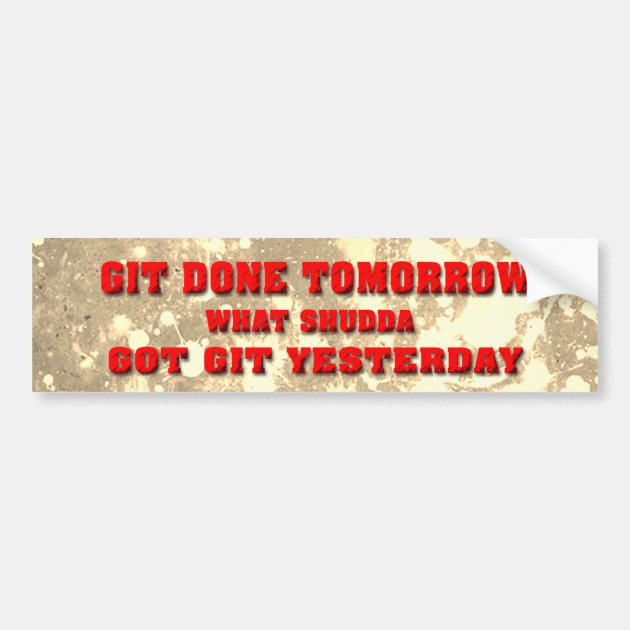

This bad for a few reasons: every time I change the code to plot the data for one lake I have to make a nearly identical change in some other line of code. You'll notice that in plotting the data for both lakes, the code to plot the first lake is the same as the code to plot the second (only the name of the lake is different). Plot ( secondlakedata $ date, secondlakedata $ sd, pch = 18, xlab = "Date", ylab = "Secchi Depth" ) title ( "Second Lake Secchi Depth" )


Plot ( firstlakedata $ date, firstlakedata $ sd, pch = 18, xlab = "Date", ylab = "Secchi Depth" ) title ( "First Lake Secchi Depth" ) # plot second lake data Secondlakedata <- sddata # plot first lake data Sddata <- lim ( "secchi_depth_data.txt" ) # get first lake dataįirstlakedata <- sddata # get second lake data As an example we'll take some secchi depth data from a two lakes near Halifax, Nova Scotia and plot it. While you're doing that, copy and paste all you want! Until you have something that works, there's nothing worth using in the future anyway. I understand better than anybody that when you sit down to write code the first thing you have to do is just make it work. Avoid copy & paste (or modularizing your code) There's more than a few ways to go about doing this, but for the purposes of this tutorial we're going to say the three things you should do to make things easy on yourself later are avoid copy and paste, structure your files, and use git to backup and share your code. You probably don't have time to read all of them (I certainly didn't), but it's fairly intuitive that writing code that's easy to understand and re-use in the future is a good idea. There's plenty of theories and even some scholarly articles regarding best practices for scientific computing. We usually write our R scripts for the present.to produce the chart or map or table we need for our thesis or paper or boss. R files, we can import packages, create packages, analyze data, create data, and I'm sure I've only scratched the surface. R files, we can "source" (or run the entirety of) our. RStudio makes it easy to write and execute R code in all kinds of ways: we can run commands on the console, we can run lines from our. PHONE: 834-8111.Git-R-done: Effective project management in RStudio LOCATION: Youkey Theatre, The Lakeland Center. Smile a little bit.ĭiane Lacey Allen can be reached at or 86. "I try to make people laugh a little bit. I take my career seriously," Whitney said. It's just funny."Īnd that, Whitney says, is what people understand.

"It has no social implication," Whitney said. And not necessarily being politically correct. "Everybody knows somebody that we're doing," Whitney said.įor Larry the Cable Guy, though, it's all about being funny. One of Whitney's favorite scripted sketches revolves around a numerically challenged man who has to call information to get the phone number for 911. What's made him so popular is his ability to strike a chord with Joe Six Pack, poking fun at characters you might run into while fishing or meet while frying up okra in a friend's pole barn. If people didn't like what I did, I wouldn't have a career." "I get real busy, but I try to be real good with my fans. Whitney reserves one day a week to call 10 to 15 fans who may be in the hospital or sick.
Git r done pro#
"I've already sold pictures to Bass Pro Shops for $300," he said.Īt 43, Whitney also tries to give something back to fans who understand that when a guy weighs 258 pounds, it's best not to tuck in your shirt. True to form, Whitney couldn't help knock the insanity surrounding bidding wars for celebrity baby photos. He shares his life with his wife and 5-month-old son, Wyatt. Whitney now spends most of the year in Sanford. "I just happen to be doing well at the career I picked." "I'm a pretty regular dude, like everybody else," Whitney said.


 0 kommentar(er)
0 kommentar(er)
